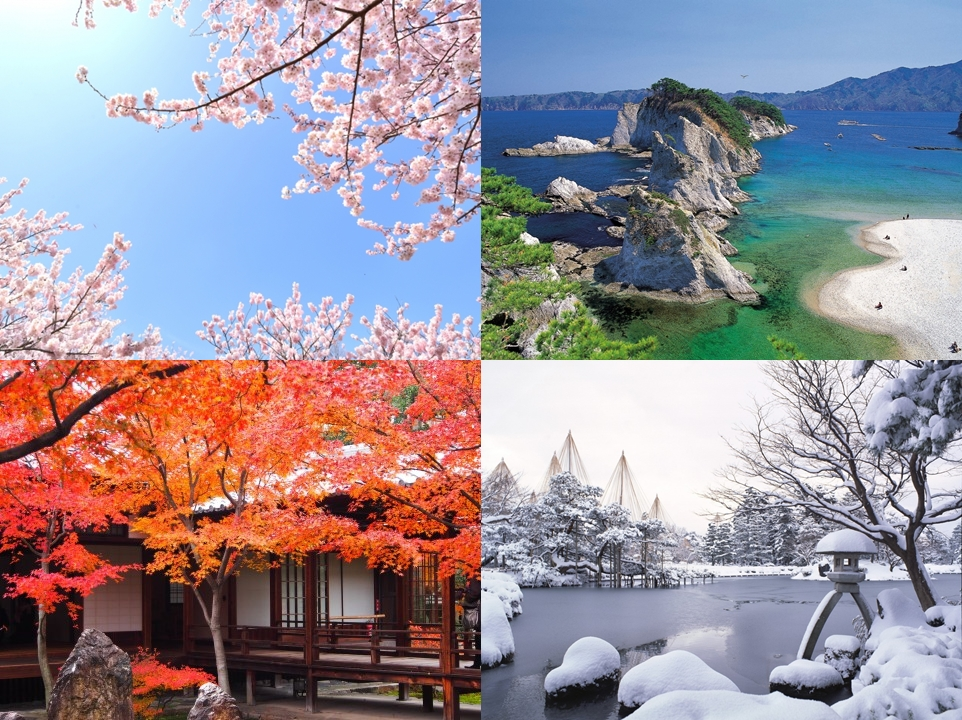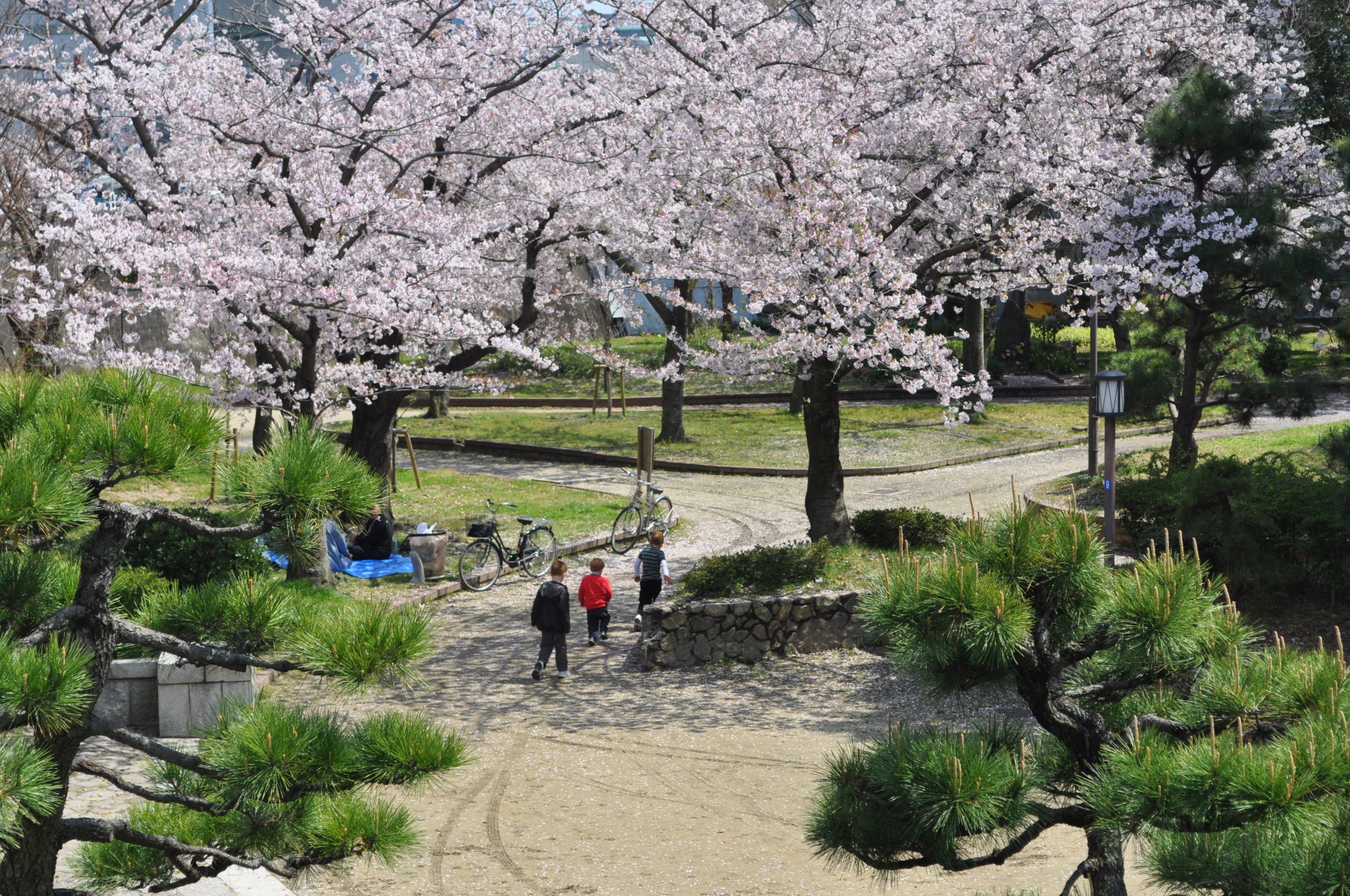
And sometimes it comes earlier than usual. But you know it won’t last because the rainy season-cloudy skies, torrential rainfall and unflagging humidity-is lurking just around the corner like the class bully waiting to pounce. The days so sunny and warm, you can forget that only a few months ago, your teeth were chattering as you sat in your home or office, unable to think about anything but the persistent cold that had seeped into your bones.Īh, if only it were like this all year long, you sigh. When April or May come around, a parade of different flowers blooms each week: sakura, azalea, wisteria and iris. It’s during the “pleasant season” that all is forgiven. I think there are only two seasons: unpleasant and pleasant.” Or, as a friend once commented accurately: livable and utterly unlivable. These subseasons include m ugi no toki itaru (麦秋至), or “the time for wheat has come,” which lasts from May 31 to June 5, and kamakiri shozu (“the mantis is born”) from June 6 to June 10. The 24 sekki can be further divided into three for a total of 72 shijijūni ko (七十二侯) that last for about five days each. “a little full” as in growing, waxing) in late May and boshu (芒種, lit.

There are 24 sekki, including rikka (立夏, the first day of summer) in early May, shoman (小満, lit. Sekki is the traditional way of expressing seasons in Japan. “Well, then how about all the sekki (節気), or the 24 terms in the traditional lunisolar calendar?” “Okay, smart aleck, there are five seasons then.” “Summer, huh? You know, I find tsuyu to be so uniquely different that it deserves to be called a season all by itself.” “What about tsuyu (梅雨), the rainy season,” I ask. Deciding which side of Japan you want to see is vital to planning the perfect trip To help you plan, we've created the ultimate guide to. Shiki (四季), the four seasons, are magical aspects of Japan that you won’t quite experience anywhere else-or so they would like you to believe, but I don’t buy it.Įvery time I bring it up, the conversation goes like this: Each of the four seasons of Japan brings a new face to the country, each as beautiful as the next. This box is curated by our snack experts to bring you a taste of Japans four seasons, and a. Banner photo: Autumn comes to Hibiya Park, Tokyo.Whenever I ask any of my Japanese friends how many seasons there are in this country, they invariably tell me four. Spring, summer, fall, and winter, they all have something to offer. (Originally written in English by Richard Medhurst of . Seasons of Japan Culture nurtured in the change of the four seasons About seasonal change in Japan Shogatsu in Winter Hanami in Spring Obon in Summer. Tachibana citrus tree leaves start to turn yellow North wind blows the leaves from the trees Silkworms start feasting on mulberry leaves Here are a few things people have to say in reviews about Seasons of Japan in Pooler: You gotta go there for the Japanese. 10 off lunch with printable coupons - Expired. Early Bird Dinner Special 15 off from 3pm to 5:30pm - Expired.

立春 Risshun (Beginning of spring)īush warblers start singing in the mountains Here are a few deals that Seasons of Japan in Pooler has offered: Dinner 10 off your total dinner - expired. There are no standard readings in Japanese for the kanji names of the 72 kō, so other sources may give different readings. The dates in the following table are approximate and may vary by one day depending on the year. In their present form, they offer a poetic journey through the Japanese year in which the land awakens and blooms with life and activity before returning to slumber. In Japan, they were eventually rewritten in 1685 by the court astronomer Shibukawa Shunkai.

The names were also originally taken from China, but they did not always match up well with the local climate. The 24 divisions are each split again into three for a total of 72 kō that last around five days each.

Originally taken from Chinese sources, these are still well-known around East Asia. There are 24 major divisions, or sekki, from Risshun (Beginning of spring) in early February until Daikan (Greater cold). The traditional Japanese calendar marks the passing of the seasons and changes in the natural world through the names given to different times of year.


 0 kommentar(er)
0 kommentar(er)
